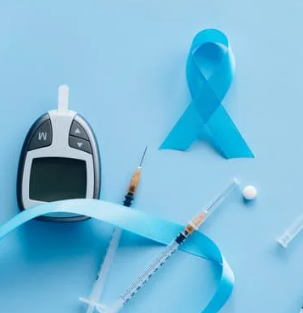The changes we are experiencing at work and home are unprecedented and will impact us well into the future as we work to define the new normal. While it is easy (and somewhat expected) that we fall into the gloom and doom of the situation, let’s talk about something that is the “bright side” — telehealth. It’s not that it’s new; some health centers have been using telehealth successfully for some time and there are a number of existing telehealth programs, but there has been no unified push to make wide-spread implementation easy.
Telehealth services (and its relatives) have historically been pigeon-holed to rural settings, restricted by complex regulations around originating location, licensure, type of service, and billing. The muddy atmosphere around how to set up and be reimbursed for a telehealth program coupled with the general resistance to change – fear – means many health centers have not yet even explored starting a telehealth program.
So it is not surprising that Thomas Lee, MD MSc., the Editor in Chief of NEJM Catalyst Innovations in Care Delivery's March 17 article caught my eye. In "Creating the New Normal: The Clinician Response to COVID-19" he describes one provider’s thought process as she reviews scheduled patients to identify who needs to have a tele-visit, who needs labs (but not a visit), etc. She ends by saying, “Isn’t this the way it always ought to be?”, figuring out who needs to come in and who doesn’t.
Health centers care for the most vulnerable, and despite piloting innovative methods for groups and teams to care for patients, these strategies still mostly revolve around patients physically coming to the health center. Don’t get me wrong – face to face, in-person interactions are still necessary, but we should listen to our patients during this time to identify what is really needed, when it's needed, and in what format. The Institute for Health Care Improvement (IHI) described this as providing the right care, in the right place, at the right time. Hopefully, as Dr. Lee says, “We are actively redesigning the way we deliver care to do what is best for our patients during this time of crisis. Some aspects of that redesign will likely persist after the crisis has passed."
All that said, it still doesn’t make it easy. The end of the crisis and its effects is still a ways off. As Brené Brown, research professor at the University of Houston tells it, we are "at the stage of weary." It is important that we take time to communicate with our peers, to understand where we each are in this process, and that we give ourselves permission to grieve. If you can squeeze in a few minutes for your mental health, let me recommend listening to Brown’s recent Unlocking Us podcast on 'Comparative Suffering, the 50/50 Myth, and Settling the Ball'. Brené provides strategies for how we cope when we are ‘weary’, highlighting that unlike other crises, this one is extended and it will wear on us.
Never more than now am I proud to say I work with the FQHCs — strong and competent individuals and organizations that support the most vulnerable in our communities. Don’t let 'weary' get you down — continue your kindness, strengthen your relationships and partnerships, and together we can define the new normal — a better healthcare environment for all.
Related Articles

Socioeconomic Status, Access, and Control: Rethinking Diabetes Outcomes
Explore Insights
Navigating the Social Care Landscape: Five Lightbulb Moments from the SIREN National Research Meeting
Explore Insights
